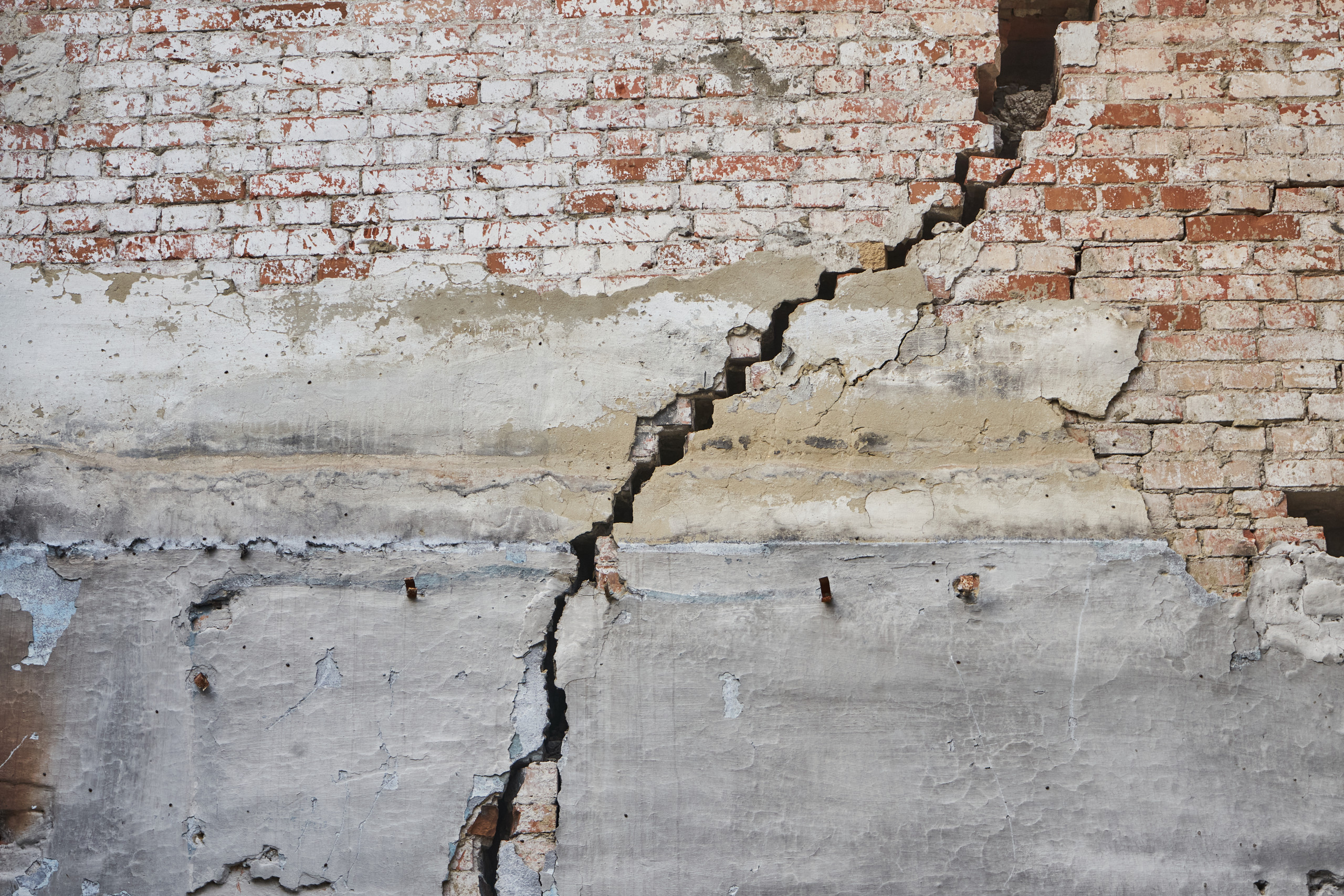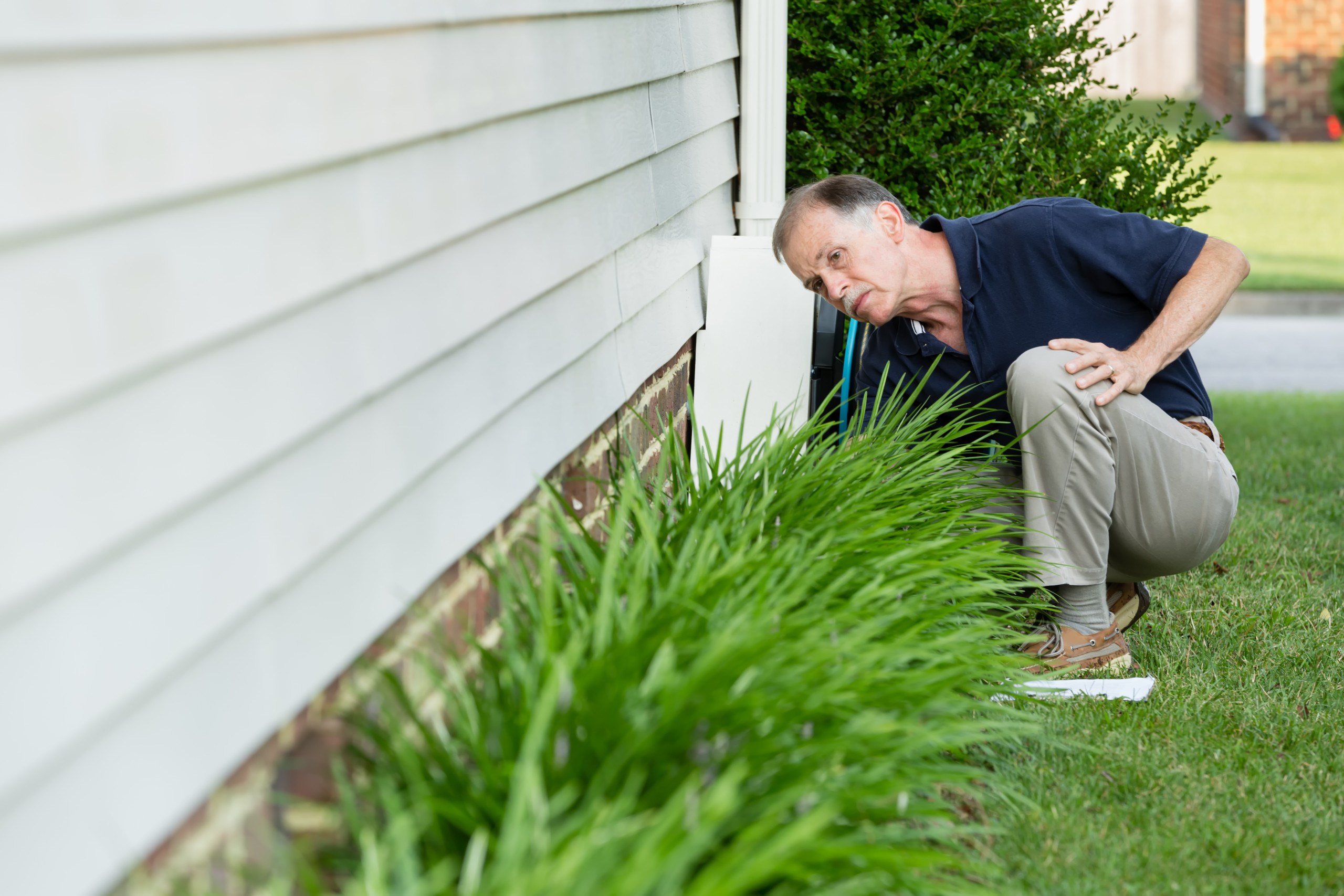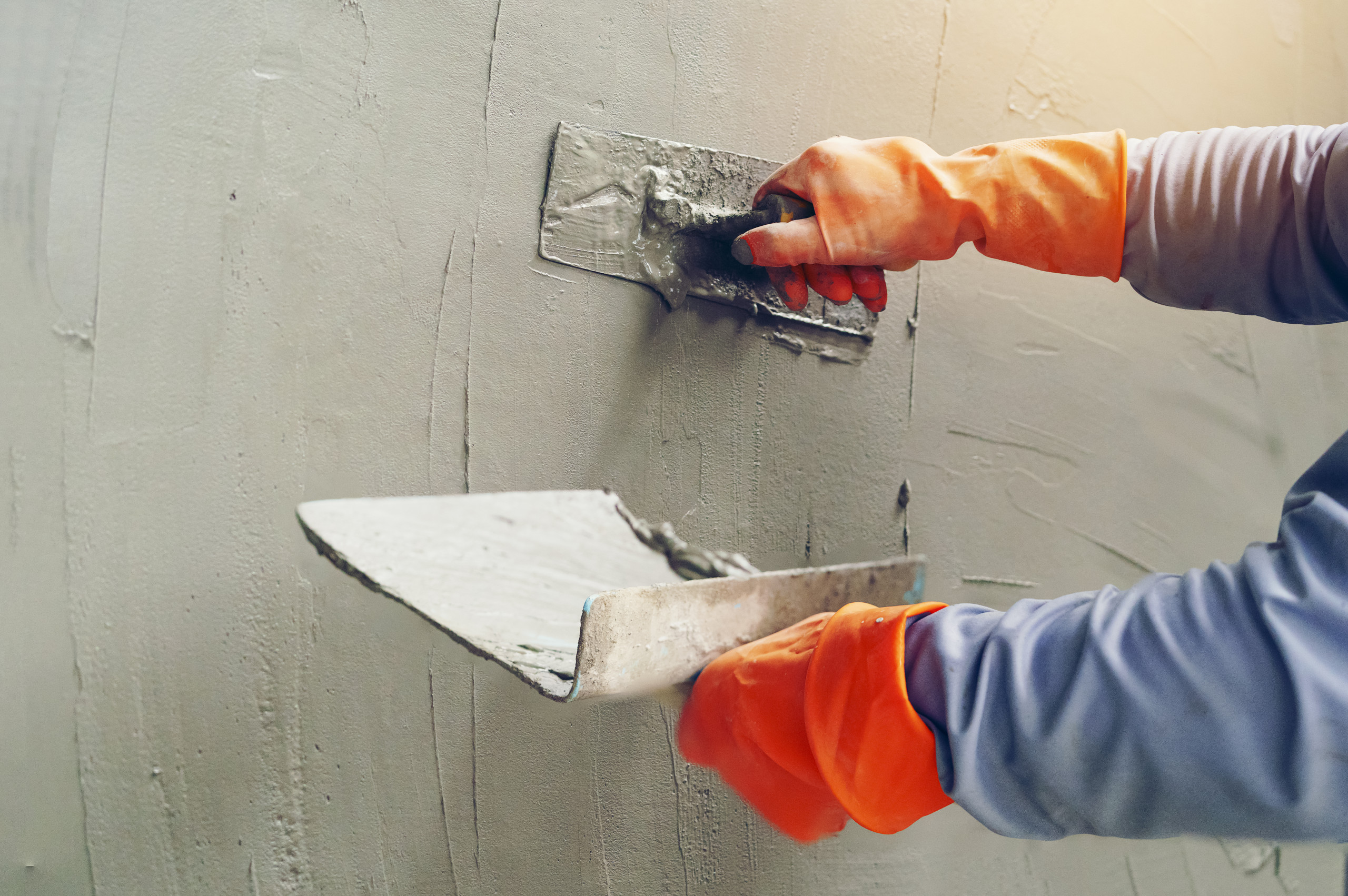by Luke Cronin
Share
by Luke Cronin
Share

Foundation cracks can be a homeowner’s nightmare. They may start as small, harmless lines but could lead to severe structural issues if ignored. Understanding what these cracks mean and knowing how to address them is crucial. This guide aims to provide insights into foundation cracks and renovations.
Introduction
Foundation cracks: small marks with potentially big implications. Often overlooked until they demand attention, these cracks can signal deeper problems beneath your home. Addressing them early isn’t just smart; it’s vital. Ignoring them is like ignoring a toothache—what starts small can lead to costly repairs down the road. By understanding these early warning signs and taking timely action, homeowners can prevent further structural damage, preserve their property’s value, and maintain peace of mind. This article dives into the essentials you need to know about foundation cracks and the importance of timely renovation efforts.
What Are Foundation Cracks?
Foundation cracks are essentially fissures or splits that appear in the concrete or masonry of a building’s foundation. These cracks can vary in size, shape, and direction, often resembling hairline fractures or more significant breaks. While they might start small, they’ve got the potential to expand into serious problems if left unchecked.
Foundation cracks come in different forms. Hairline cracks, for instance, are thin lines that could simply be a result of concrete curing. They’re generally not a big deal but should still be monitored. Then you have vertical cracks, which are often due to normal settling of the foundation — these can usually be repaired quite easily. Horizontal cracks, on the other hand, are more of a red flag. They typically suggest pressure from the outside, like soil or water pressure, and can indicate more serious issues. Lastly, diagonal cracks often occur due to differential settling or structural movement.
As for the roots of these cracks, they can stem from various causes. Changes in moisture levels around the foundation, poor drainage, and soil movement are common culprits. Additionally, improper construction practices or using the wrong concrete mix can play a part. Understanding these basics is your first step to tackling potential problems head-on.
How to Tell If Foundation Cracks Are Serious?
Spotting the difference between benign and serious foundation cracks is key to preventing bigger issues. Start by keeping an eye out for cracks wider than 1/4 inch—the bigger the gap, the bigger the concern. Don’t just eyeball it; measure it. If doors and windows nearby start playing hard to get and won’t close properly, that’s another red flag waving for your attention.

Next, inspect for any visible movement in the foundation itself. If you notice shifts or gaps that seem like the foundation’s doing a slow dance away from its original spot, it’s time to raise an eyebrow. For a more precise assessment, utilize some tools—like a crack monitor gauge or even a trusty ruler to track changes over time. Remember, not all cracks signal doom, but ignoring what’s right in front of you could lead to some serious structural headaches down the line.
Is It Necessary to Fix Foundation Cracks?
Ignoring foundation cracks is like ignoring the check engine light on your car—it might seem fine for a while, but sooner or later, you’re bound to face trouble. The stakes with your home’s foundation are high. Fixing cracks is crucial for several reasons. First and foremost, it prevents further structural damage. Small cracks can morph into larger issues that compromise the stability of your home. Left unchecked, you might find walls leaning or doors sticking, and nobody wants a leaning tower where their family room should be.
Moreover, maintaining property value hinges on taking care of these issues promptly. A well-maintained foundation boosts your home’s market appeal and reassures potential buyers, whereas visible cracks can be a deal-breaker. If you plan to sell your home, having a solid, crack-free foundation is not negotiable.
Then there’s the matter of keeping unwanted guests out. Foundation cracks open the door for moisture and pests. Water can seep through even the smallest of fissures, leading to mold and mildew. Pests, on the other hand, love these easy access points. Both issues can spiral into costly repairs and health hazards.
In terms of urgency, think of this as a triage situation. 1/4 inch or larger cracks, or those paired with other problems like doors that won’t close or visible foundation shifts, demand immediate action. Just as you wouldn’t delay medical treatment for a broken bone, you shouldn’t procrastinate on foundation repair. It’s a matter of preserving both your home’s integrity and your peace of mind.
Foundation Settlement and Settlement Cracks
Foundation settlement occurs when the ground beneath a building gradually shifts, leading to uneven structural support. This shifting can be caused by various factors:
- Soil Composition: Different types of soil expand and contract at different rates.
- Changes in Moisture Levels: Fluctuations in moisture can weaken soil integrity.
- Building Weight: The weight of the building can contribute to the compression of the soil beneath it.
Signs of Foundation Settlement
As the ground moves and the foundation loses its stability, various signs may indicate the issue:
- Sloping Floors: Uneven floors suggest the foundation is no longer level.
- Misaligned Windows and Doors: When windows and doors don’t shut properly, it’s a clear sign of structural compromise.
- Sticking Windows: Windows that stick or refuse to open smoothly often point to foundation problems.
Importance of Early Detection
Detecting these signs early is crucial, as they are harbingers of structural issues that could escalate over time. Here’s why early detection is important:
- Prevention of Further Damage: Identifying signs early allows for timely action.
- Cost Savings: Early intervention helps prevent costly repairs down the line.
By keeping an eye out for these symptoms, you can protect the structural integrity of your building and ensure necessary maintenance is conducted promptly.
Understanding Foundation Settlement Repair
Foundation settlement is a sneaky villain. One day your home stands tall and true, and the next, you’re tripping over floors that slope like a ski slope. When it comes to battling foundation settlement, there are a few trusty methods that come to the rescue, each suited for different scenarios. First up, we’ve got underpinning. Think of it as giving your foundation a boost, reinforcing it deep into stable soil strata. It’s a hands-on, bit-by-bit approach but very effective for severe settling.
Then there’s slab jacking, which involves injecting a special slurry beneath sunken sections to lift and level them. It’s less invasive and pretty nifty for minor issues. Lastly, helical piers come into play, acting like big screws that anchor your foundation into firm ground. They’re ideal when soil conditions are unpredictable.
No matter the method, having professionals on board is a game-changer. They bring the required skills and equipment to ensure everything’s ship shape, saving you headaches—and future repair bills. Still curious about how to spot foundation movement? Check out our blog, Foundation Movement: Identifying Signs and Solutions—it’s packed with helpful insights.
Is It Worth Buying a House with a Cracked Foundation?
Buying a house with a cracked foundation can be risky, but it’s not a definite deal-breaker. It mainly boils down to weighing the pros and cons and deciding if the plunge is worth the risk. On the pro side, homes with foundation problems often come with a lower price tag, offering potential buyers a chance to negotiate a better deal. This can be attractive if you’re skilled in handling repairs or willing to oversee them. Correcting foundation issues can also increase the property’s value, offering a handsome return down the line.
However, the cons can’t be ignored. Repairing a cracked foundation can be costly, and not all fixes guarantee long-term stability. It’s vital to factor in immediate repair expenses, ongoing maintenance, and the potential for unforeseen complications. Stability is a concern; even well-repaired foundations might pose future issues depending on soil conditions and the quality of the initial construction.
Key considerations should include a thorough inspection by a structural engineer. This helps assess repair needs accurately, allowing buyers to make informed decisions about costs and risks. Additionally, consider the property’s resale value post-repair and if you have the stomach for potential renovations. Ultimately, buying a house with a cracked foundation is about balancing the financial implications with the desire to take on a project. If the price is right and repairs feasible, it could be a worthwhile investment.
How to Fix Foundation Cracks
Fixing foundation cracks involves a mix of assessment, planning, and execution. First up, identify the type and cause of the crack. Is it hairline or gaping? Vertical or horizontal? These distinctions help dictate the repair strategy you need. Once you’ve pinpointed the crack type, it’s time to choose an appropriate method to patch things up.
Most minor cracks, like hairline ones, might get by with a simple filler. However, larger or horizontal cracks often signal deeper issues that warrant a more robust approach, like epoxy injections or carbon fiber reinforcements. It’s crucial to get to the root cause; otherwise, you’re just slapping on a temporary bandage.

Bringing in a professional contractor can be a game-changer here. They have the expertise and tools to diagnose the problem accurately and fix it right the first time. Plus, for more serious cracking, their involvement is essential because mistakes can be costly.
For those feeling handy, some smaller, less severe cracks can be tackled as a DIY project. With the right materials from a local hardware store, you can patch up minor cracks with ease. Nonetheless, if you encounter wider or complex fissures, it’s best to call in the pros. In sum, understand your limits and know when it’s time to step back from the spackle.
Specific Issues: Cracks in Basement Floors and Walls
Basement floors and walls often bear the brunt of a home’s structural shifts, making them prime spots for cracks. Floor cracks in basements can emerge from normal settling, temperature fluctuations, or hydrostatic pressure—all common culprits in causing concrete to crack. These cracks might seem minor initially, but they can lead to water seepage, creating a damp environment ripe for mold growth and other moisture-related issues.
Basement wall cracks, on the other hand, are often indicative of lateral pressure from the surrounding soil or improper drainage. Vertical cracks in walls usually point to normal settling and might not be cause for immediate alarm. However, horizontal cracks suggest significant stress, possibly requiring urgent attention.
To mitigate these issues, it’s essential to conduct regular inspections and manage water drainage around your home. Simple fixes like maintaining clean gutters, extending downspouts, and ensuring proper grading can prevent water accumulation. When cracks do form, sealing them with epoxy injections or polyurethane foams can be effective for smaller issues. For major concerns, professional consultation is key to determining the best repair method, which might involve reinforcing walls with steel beams or using waterproofing membranes. Being proactive can save you from costly repairs down the line.
In summary, foundation cracks are not just cosmetic annoyances; they’re early warning signals that demand your attention. Addressing them promptly can prevent more significant structural issues, preserve your property’s value, and save you from costly future repairs. Whether you’re dealing with hairline fractures or wider, more concerning separations, taking swift and informed action is critical. Always consider engaging professionals when necessary, as their expertise is invaluable in assessing and rectifying complex foundation problems.
Don’t let foundation cracks compromise your peace of mind or the integrity of your home. By understanding the nature of these issues and acting decisively, you ensure your property remains a safe, stable, and valuable investment for the long term. Want to dig deeper into foundation issues? Check out this blog Understanding Foundation Cracks and Knowing When to Repair Them over on the Foundations On The Level website. Arm yourself with information, and take proactive steps to safeguard one of your most significant investments.

